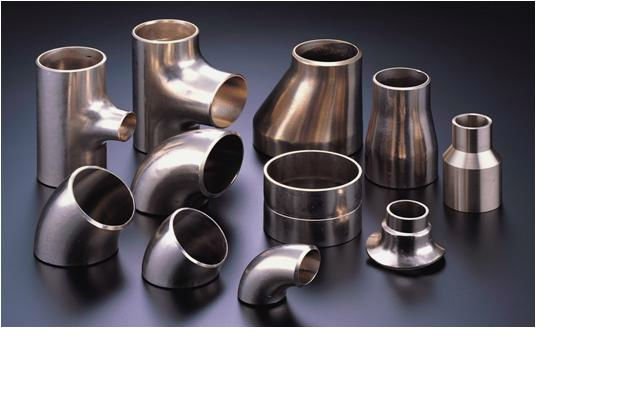Introduction
Nickel alloy pipe fittings are the new innovation in the management of fluid and gas transport in industries. These fittings are well reputed for their strength, corrosion resistance and versatility and are widely used in chemical processing, oil and gas and power generating industries. In the past decades, growth in technology has improved the performance and reliability of nickel alloy pipe fittings, providing solutions that address the needs of today’s industries.
In this blog, we’ll take a closer look at the latest technologies that are defining the nickel alloy pipe fittings and how these technologies are revolutionizing the industrial processes.
The Increasing Significance of Nickel Alloy Pipe Fittings
Nickel alloys, celebrated for their excellent mechanical properties and resistance to extreme conditions, are the backbone of many industrial systems. They can withstand high temperatures, corrosive environments, and mechanical stress, making them ideal for critical applications. It can be used in high temperature, corrosive and mechanical stress applications due to its high performance. But the need for higher performance has kept the development process going, and this has resulted in tremendous advancement in their design and production.
Key Innovations in Nickel Alloy Pipe Fitting Technology
- Advanced Alloy Compositions
Recent innovations have focused on developing new alloy compositions to meet specific industrial needs. Alloys with enhanced chromium, molybdenum, and iron content provide superior corrosion resistance, even in the harshest environments like deep-sea drilling or chemical reactors. This tailored approach ensures that nickel alloy pipe fittings perform optimally across diverse applications.
- 3D Printing and Additive Manufacturing
The use of 3D printing in the production line has brought about new opportunities. Aerospace structures can be designed in complex geometries and can be customised in ways that are impossible with conventional manufacturing techniques. By using this technology, the manufacturers can create fittings that have the right flow characteristics and also minimize the wastage of material.
- Surface Treatments and Coatings
Innovations in surface treatments have extended the lifespan of nickel alloy pipe fittings. Advanced coatings, such as ceramic or anti-corrosion layers, enhance resistance to wear and tear. These coatings also reduce maintenance costs and downtime, providing a significant advantage for industries that require continuous operation.
- Smart Monitoring Systems
The incorporation of IoT (Internet of Things) in nickel alloy pipe fittings is a step up. The fittings themselves contain sensors that report real-time data including temperature, pressure, and corrosion. This predictive maintenance capability assists industries in avoiding expensive breakdowns and guarantees system dependability.
- Eco-Friendly Manufacturing Practices
Sustainability is now a critical focus in industrial manufacturing. Processes that reduce energy consumption and minimize environmental impact have been developed for nickel alloy pipe fittings. Recyclable materials and waste-reduction techniques align with global sustainability goals, making these fittings a greener choice.
Applications Driving Innovation
The advancements in nickel alloy pipe fittings are especially vital in industries where performance is critical:
- Chemical Processing: Handling corrosive substances requires fittings with superior resistance to acids and bases.
- Aerospace and Defense: Lightweight yet durable fittings improve fuel efficiency and withstand high temperatures.
- Oil and Gas: Enhanced resistance to sulfide stress cracking is crucial for deep-sea and onshore operations.
- Power Plants: Nickel alloys can endure extreme temperatures and pressures, ensuring safety and reliability.
The Future of Nickel Alloy Pipe Fittings
The future of nickel alloy pipe fittings is set to be even smarter, stronger and more efficient. That has created the need for the enhancement of smart monitoring systems through the integration of AI and machine learning in operations to enhance the predictive maintenance. Advancements in material science might bring in new types of alloys which surpass all current standards in industrial applications.
Moreover, the focus on sustainability will continue to shape manufacturing practices, ensuring these essential components contribute to a greener and more efficient industrial landscape.
Conclusion
Nickel alloy pipe fittings are at the forefront of industrial innovation, delivering unmatched performance in challenging environments. These fittings are set to revolutionize industry standards with the help of material science, manufacturing methods and smart technology. The use of the latest innovations in business operations can help to increase the reliability and sustainability of the business.
As industries evolve, nickel alloy pipe fittings will remain integral, driving progress and ensuring resilience in the face of modern challenges.
